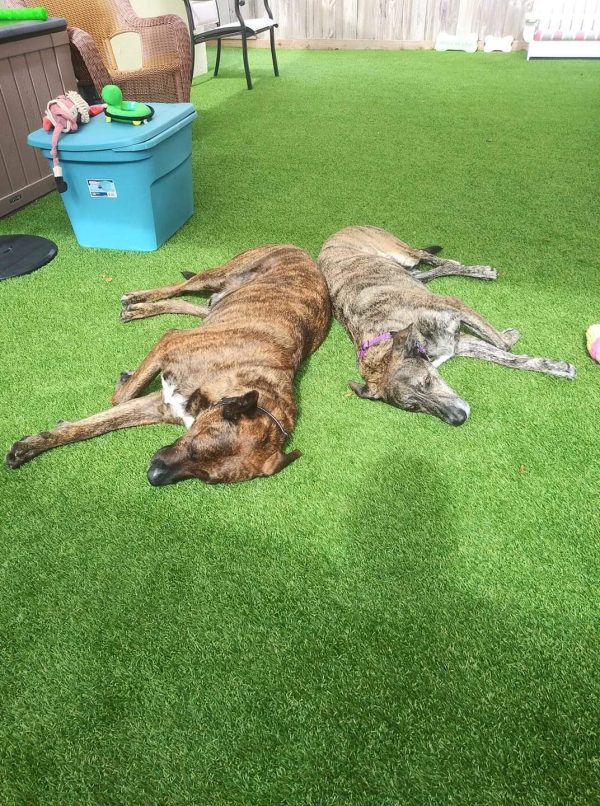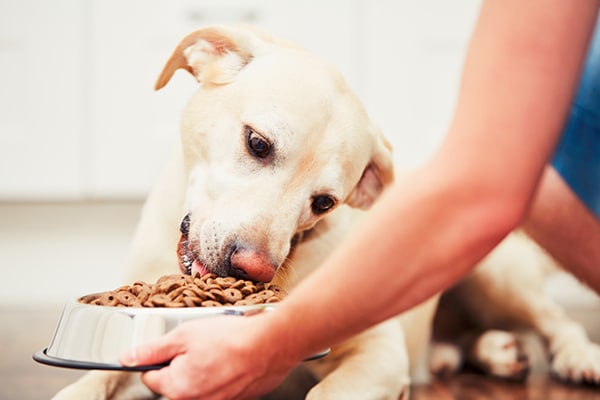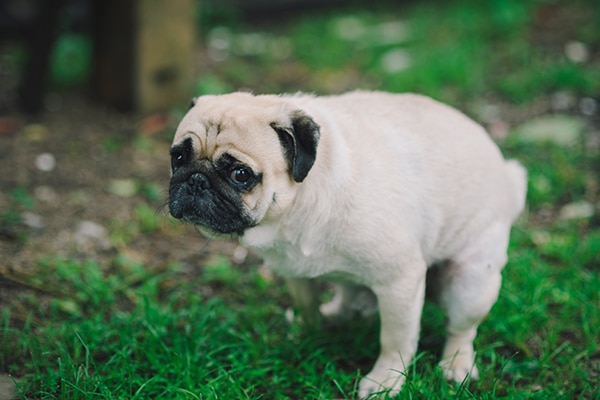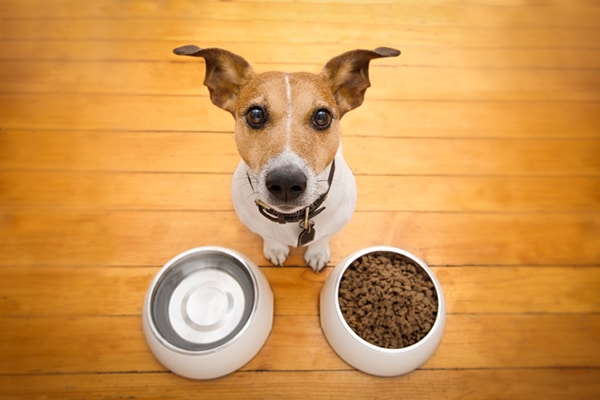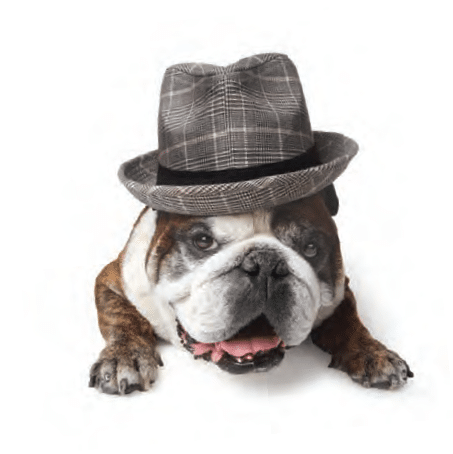The post How to Tell If Your Dog Has a Cold by Dr. Ernie Ward appeared first on Dogster. Copying over entire articles infringes on copyright laws. You may not be aware of it, but all of these articles were assigned, contracted and paid for, so they aren't considered public domain. However, we appreciate that you like the article and would love it if you continued sharing just the first paragraph of an article, then linking out to the rest of the piece on Dogster.com.
I had just completed my physical exam and was beginning to discuss my findings when Dr. Google joined us. I was seated across from a smartly dressed, smartphone-wielding young client. As she flashed the screen to show me her list of demands, I noticed a clear drop of liquid reflecting from the nostril of the baby-faced Bichon at my feet. Chloe was 3 years old, fully immunized and a picture of perfect health, until returning from boarding two days earlier. She had developed a cough, runny eyes and nose, and her owner was understandably worried.
“Most of these antibiotics are available in generic form, and here are the current prices from my preferred online pharmacy.”
As she read off the medications, costs and shipping times, I continued silently studying Chloe’s breathing. Quiet, deep and regular breathing, despite the pharmaceutical recital to which we were both held captive. I hadn’t heard a cough yet, but I still had a couple of tests to go, something no amount of internet searches and chats could perform.
“I’m not suggesting Chloe couldn’t have an upper respiratory infection she contracted while boarding. We used to believe Bordetella bronchiseptica, the bacterium associated with ‘kennel cough’ we vaccinate against, was the main culprit. We now understand it involves multiple bacteria and viruses. CIRDC more accurately describes my No. 1 concern for Chloe’s symptoms.”
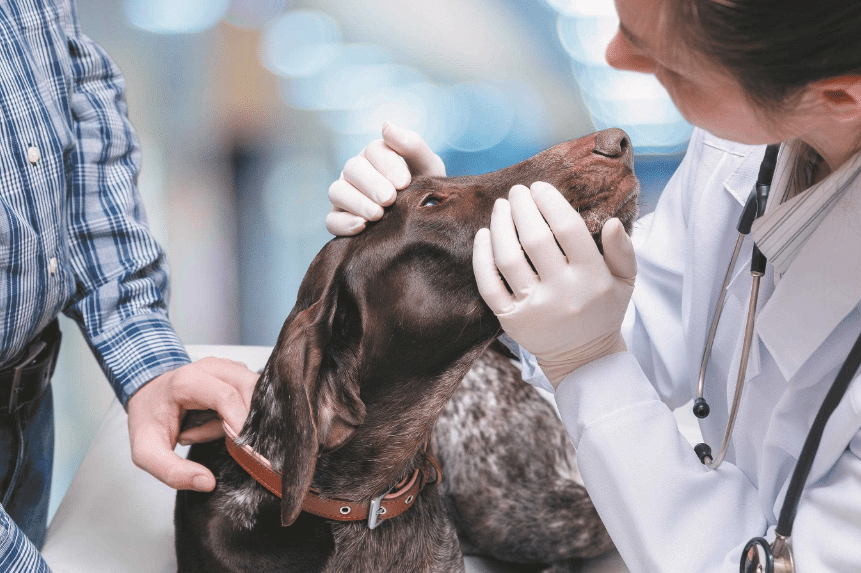
Photography ©Natali_Mis | Getty Images
The truth about CIRDC
Canine infectious respiratory disease complex (CIRDC) is still erroneously referred to as “canine cold,” “dog flu” or “kennel cough,” although none are correct and cause considerable confusion for dog owners. To complicate matters, most cases never receive a precise diagnosis, and the condition rarely requires antibiotics. This makes treating CIRDC doubly demanding for today’s “insistent-on-instant” pet owners. Some conditions can only be treated with time, a price few are willing to pay these days.
“There’s something else I’d like to do to determine the extent of Chloe’s condition. So far, I’ve observed a clear nasal and ocular discharge, normal breathing and body temperature, and healthy lung sounds. You said Chloe mainly coughs and sneezes after walking, getting excited or after periods of lying down, and that her appetite and energy levels were basically normal. I’d like to see if she has any congestion in her upper trachea by gently massaging her neck. Many times, if a dog has tracheal inflammation, she’ll exhibit a goose-honk cough after I rub her throat.”
As I gently massaged Chloe’s upper airway, I noticed her swallow hard a few times and a couple of soft coughs, but no goose-honking.
“That’s good news. We’ve got a couple of ways to proceed.”
Most cases of CIRDC will resolve within 10 days without needing prescription medications. In more severe conditions, or when an owner wants to pursue all available testing, we begin by evaluating chest radiographs and blood tests. Some dog owners request cultures of the throat or nasal passages, but current medical guidelines discourage these tests unless an outbreak is occurring or pneumonia develops. Even the most sensitive polymerase chain reaction (PCR) assays often fail to identify a specific causative agent and are prone to sampling errors and difficulty interpreting normal flora from infectious. In cases involving boarding facilities, I always alert them to be on the lookout for H3N8 or H3N2 canine influenza (CI).
Treating CIRDC symptoms
Many dog owners believe antibiotics are needed to treat upper respiratory infections and feel cheated if the veterinarian doesn’t dispense at least one. The fact is that most canine upper respiratory infections are caused or complicated by viruses, rendering antibiotics powerless. If a dog has a fever, decreased appetite or lethargy, then an antibiotic such as doxycycline may be used. I also use a nebulizer in my clinic to jumpstart treatment of these more serious cases. When needed, there are a variety of prescription and over-the-counter medications to help reduce excessive coughing.
In most cases of mild CIRDC, symptomatic treatments are the only treatment required during the first 10 days. I recommend:
❅ Using a humidifier, especially at night
❅ Keeping your dog in the bathroom when you take a hot shower
❅ Applying warm water compresses several times a day to keep the nose and eyes clean of debris
❅ Using plain saline nose drops to clear snotty nasal passages
❅ Using a walking harness to avoid irritating the neck
❅ Trying canned food or dry kibble softened with warm water to enhance palatability and be easier to swallow for dogs experiencing sore throat.
❅ For owners interested in natural remedies, I’ve used powdered echinacea root and mushroom extracts with good results.
Always see your veterinarian
“So, you’re saying it’s not ‘kennel cough’ and Chloe doesn’t need these medications?”
“That’s not exactly …”
“That’s great to hear! You never know what to believe on the internet these days. I feel so much better after you examined her so thoroughly.”
“Well, that’s great …”
“If you can tell me where to get this humidifier thingy and those herbal treatments, I’ll be on my way.”
And with that, Dr. Google was officially off Chloe’s case. I called to check on her three days later, and she was “90% Chloe” according to her owner. By the following week, Chloe was back to her old self.
If your dog is suffering from runny eyes, stuffy nose or coughing, see your veterinarian at once. “Real” canine influenza and more serious forms of CIRDC can become life-threatening quickly, and prompt diagnosis and treatment is critical. The internet can be both a valuable asset and a confusing distraction for dog owners. There’s no replacing a physical examination and an attentive, experienced veterinarian when it comes to providing the best care for your best friend.
Thumbnail: ©Wavetop | Getty Images
About the author:
Dr. Ernie Ward is an internationally recognized veterinarian known for his innovations in general small-animal practice, long-term medication monitoring, special needs of senior dogs and cats, and pet obesity. He has authored three books and has been a frequent guest on numerous TV programs.
Read more on dogster.com:
- What can be Done to Prevent Recurrent Ear Infections?
- Why Won’t Some Ear Infections Resolve?
- Why do Dogs Get Ear Infections After Swimming?
The post How to Tell If Your Dog Has a Cold by Dr. Ernie Ward appeared first on Dogster. Copying over entire articles infringes on copyright laws. You may not be aware of it, but all of these articles were assigned, contracted and paid for, so they aren't considered public domain. However, we appreciate that you like the article and would love it if you continued sharing just the first paragraph of an article, then linking out to the rest of the piece on Dogster.com.
Via Dogster https://www.dogster.com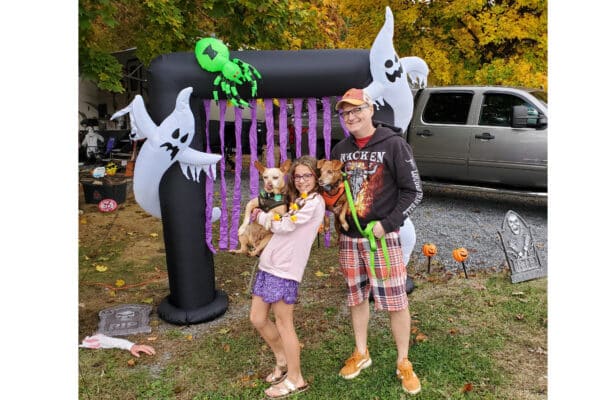
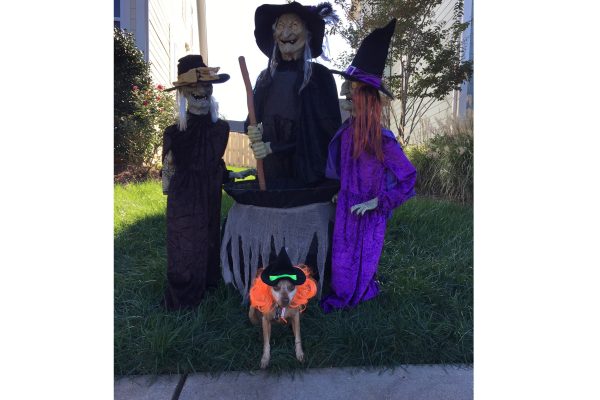
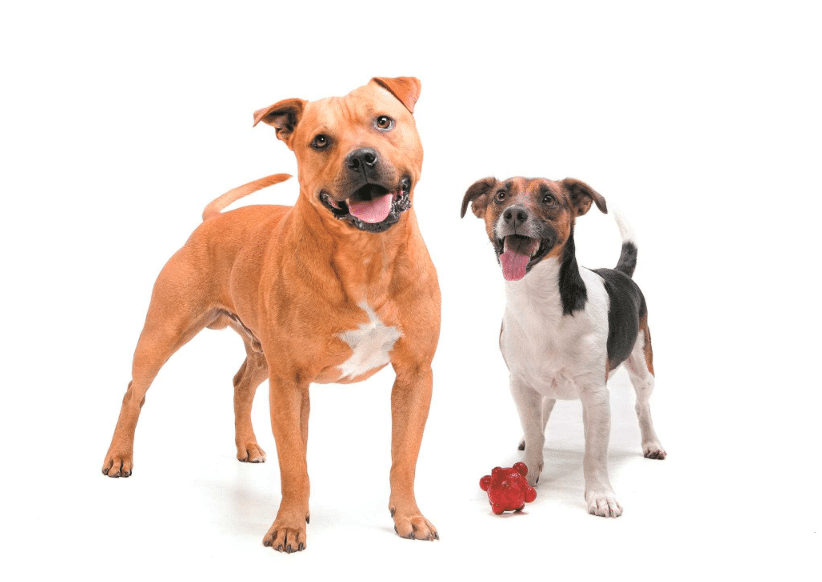
 1/2 cup of canned pumpkin (not pumpkin-pie mix)
1/2 cup of canned pumpkin (not pumpkin-pie mix)
